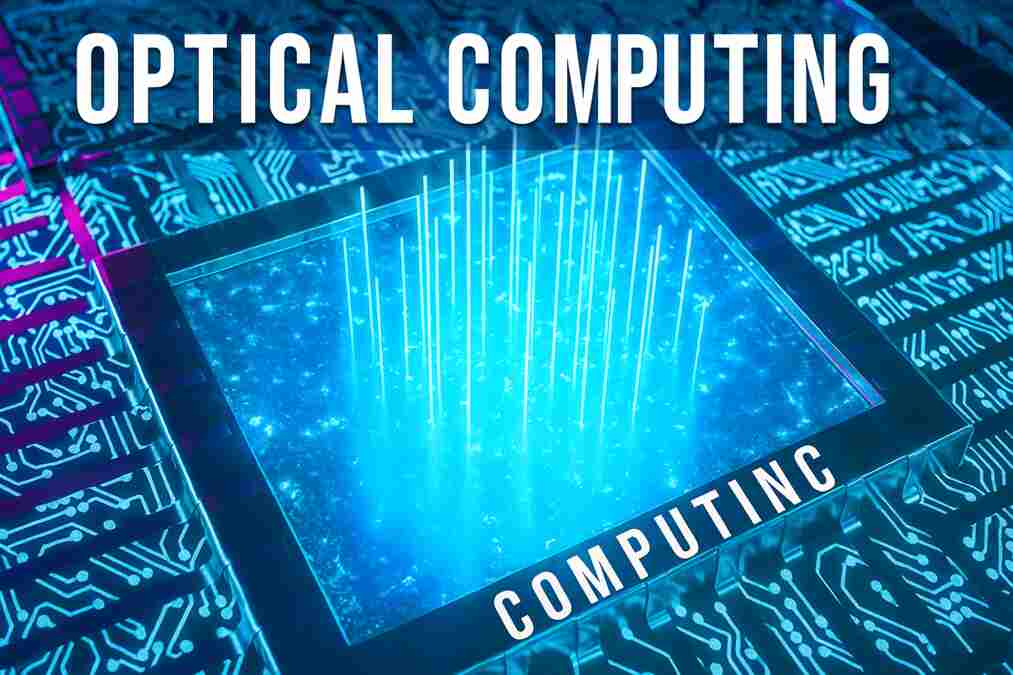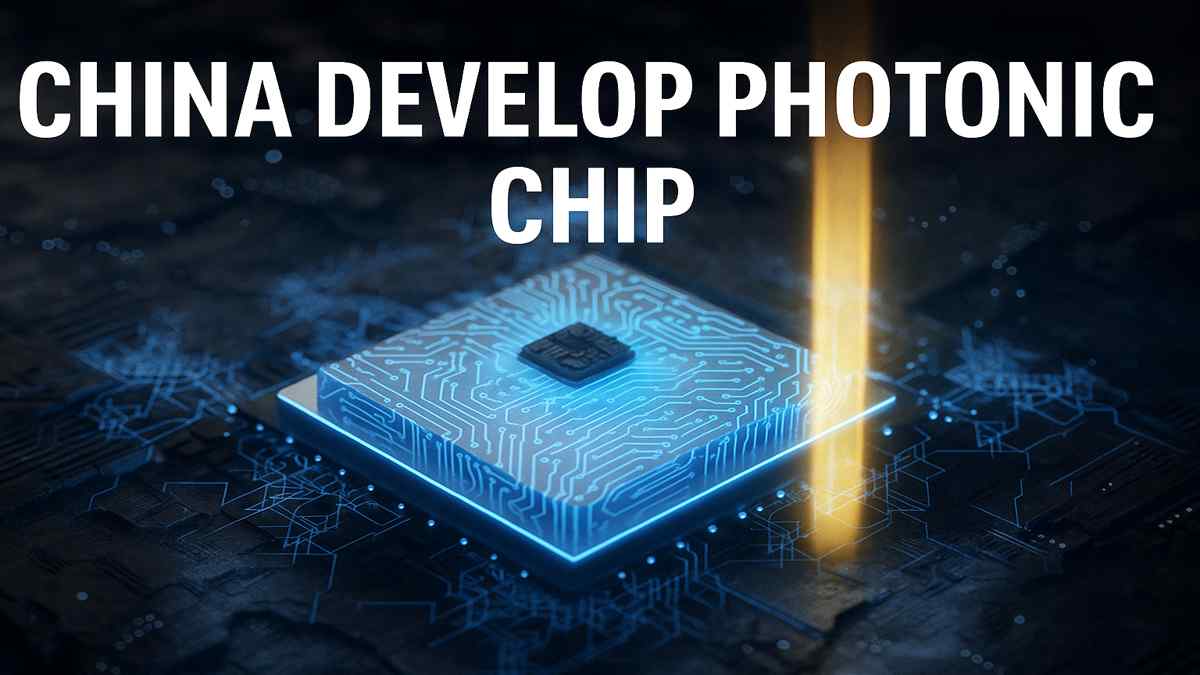In 2025, China has made a game-changing breakthrough in the field of Optical Computing — a revolutionary shift from traditional silicon-based chips to light-based AI hardware. This innovation promises faster processing, reduced energy consumption, and smarter AI performance, positioning China at the forefront of global AI advancement.
according to CGTN News report Chinese scientists unveiled the world’s first ultra-high parallel optical computing chip — capable of 2,560 TOPS at a 50 GHz optical clock.
💡 What Is Optical Computing?
Optical Computing uses photons (light particles) instead of electrons to process data. Unlike traditional computing, where electricity flows through circuits, optical systems use light beams for ultra-fast communication.
✨ Key Advantages:
- ⚡ Lightning-Fast Speed – Photons move at light speed.
- 🔋 Energy Efficiency – Reduced heat compared to silicon chips.
- 🧠 AI Revolution – Perfect for deep learning and neural networks.
This breakthrough is often called the “future backbone of AI hardware.”

🚀 China’s 2025 Breakthrough
Shanghai Jiao Tong University Chip Hub for Integrated Photonics Xplore (CHIPX) announced on June 5 that it had begun producing 6-inch (15.2cm) wafers for thin-film lithium niobate (TFLN) photonic chips, which rely on light – or photons – rather than electrical signals for information transmission and processing reported by South China Morning Post.
China’s scientists have developed a light-based AI chip that:
- Processes data 10X faster than conventional chips.
- Consumes 70% less energy.
- Powers large-scale AI applications like self-driving cars, medical diagnosis, and robotics.
This aligns with China’s broader tech race, seen in projects like China Laser Satellite Internet 2025, which is already delivering internet speeds 5X faster than Starlink.
💡 Silicon Chip Vs Photonic Chip
🔗 Connection With Other Emerging Technologies
Light-Powered AI Chips doesn’t stand alone — it complements other disruptive innovations:
- 🌀 Quantum Computing → Redefining computational limits beyond classical physics.
- 🧬 Gene Editing → AI-powered biological breakthroughs.
- 🧠 Brain Computer Interface → Faster human–machine interaction boosted by optical chips.
- 🏥 AI in Healthcare → Revolutionizing disease detection with faster AI processing.
🌍 Why This Matters Globally
This breakthrough isn’t just about speed — it’s about global dominance in AI. Nations investing in semiconductors, space internet, and quantum technology are positioning themselves as the superpowers of the next technological era.
- 📈 Economic Power Shift: According to the IMF 2025 Report, countries investing heavily in AI infrastructure could see double the growth rate compared to developing nations.
- ⚡ Strategic Tech Supremacy: Industry leader Nvidia has declared co-packaged optics as a mandatory technology for next-gen AI data centers. Optical interconnects provide 3.5× better energy efficiency and 64× improved signal integrity compared to copper.
- 🔬 Future of Work & Science: Optical computing will supercharge AI automation, scientific research, dark matter simulations, and climate modeling, redefining what’s possible in science and technology.
🔥 Conclusion
Optical Computing 2025 is more than a breakthrough — it’s a revolution that could redefine the future of artificial intelligence, data centers, and global technology leadership. Unlike traditional silicon chips, photonic chips powered by light deliver unmatched speed, lower energy use, and the ability to process massive AI workloads that silicon can no longer handle.
With China’s breakthrough in optical chip development, the world is entering a new era where AI hardware is faster, greener, and smarter. This discovery not only boosts China’s position in the global tech race but also raises competition for the U.S. and Europe in the AI supremacy race.




